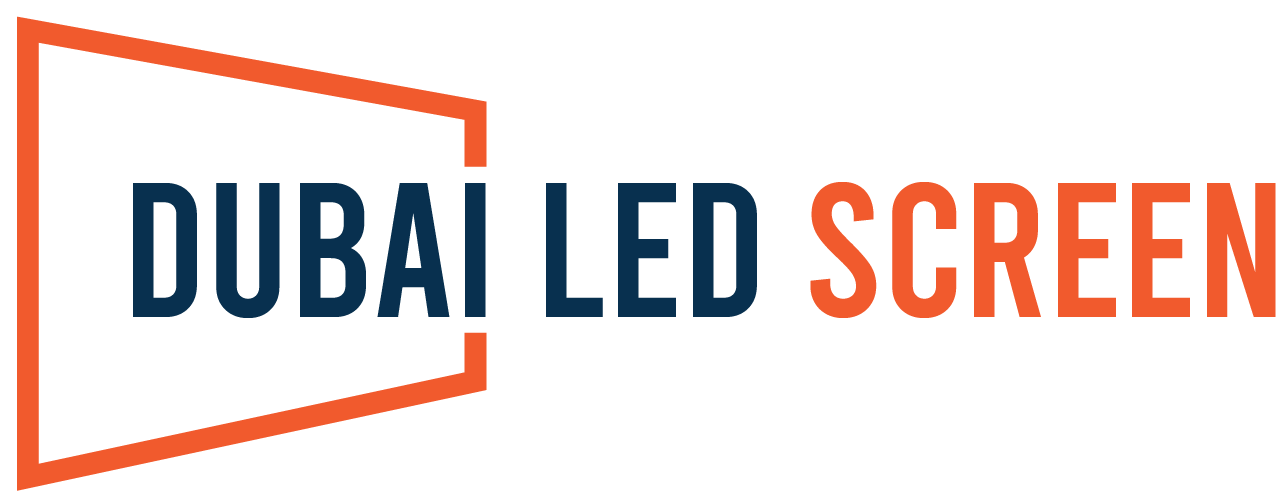In the dynamic LED display industry, choosing the right technology can significantly impact product performance, reliability, and cost-effectiveness. This comprehensive comparison between Micro LED in Package (MIP) and Chip-on-Board (COB) technologies aims to elucidate their differences, advantages, challenges, and future prospects.
- Understanding MIP and COB Technologies
1.1 MIP (Micro LED in Package):
– MIP is a chip-level packaging technology wherein Micro LED chips are transferred to a carrier board, packaged, cut into small packages, and mixed BIN.
– It offers pixel-level packaging with only one complete pixel per package, enhancing reliability and simplifying manufacturing processes.
1.2 COB (Chip-on-Board):
– COB involves mounting bare LED chips directly onto a PCB, electrically connecting them, and encapsulating them with adhesive.
– This technology integrates multiple chips into a single module, eliminating the need for the traditional module SMT process and enabling finer pixel pitches.
- Advantages of COB Technology
2.1 Performance and Efficiency:
– COB displays boast low power consumption, enhanced heat dissipation, and prolonged lifespan, attributed to their direct heat dissipation through the PCB.
– Integrated modules simplify installation, reduce weight, and enhance display efficiency, making them suitable for various applications.
2.2 Visual Quality:
– COB technology enables finer pixel pitches, larger viewing angles, deeper contrasts, and more vivid colors, enhancing the overall visual experience.
- Challenges and Limitations of COB Technology
3.1 Maintenance and Repair:
– Single-lamp maintenance in COB displays can be challenging, with higher difficulty in repairing individual lamps without affecting surrounding components.
3.2 Color Consistency:
– Achieving consistent color reproduction across COB modules can be challenging, leading to modular chromatic aberration and requiring additional calibration efforts.
3.3 Manufacturing Complexity:
– COB production entails high manufacturing costs, especially due to challenges in achieving high first-pass and finished product pass rates during the packaging process.
- Advantages of MIP Technology
4.1 Reliability and Compatibility:
– MIP combines the reliability of COB integration with the flexibility of discrete chip packaging, ensuring high compatibility with downstream SMT processes.
4.2 Cost-Effectiveness:
– MIP offers lower manufacturing costs compared to COB, attributed to higher yield rates, easier testing and repairability, and reduced material wastage.
4.3 Versatility and Scalability:
– MIP packages are versatile, supporting multiple pixel pitches with a single package and offering good color consistency, making them ideal for various display applications.
- Future Prospects and Industry Trends
5.1 Evolution of COB Technology:
– Despite current challenges, COB technology continues to mature, with advancements in color consistency, manufacturing efficiency, and reliability expected to drive further adoption.
5.2 Market Positioning of MIP:
– MIP technology targets mid-to-high-end LED displays, offering a cost-effective alternative to COB in certain applications while ensuring reliability and visual quality.
5.3 Competitive Landscape:
– The competition between MIP and COB extends beyond existing technical capabilities, with ongoing advancements and market demands shaping the future trajectory of both technologies.
- Conclusion and Recommendations
In conclusion, while both MIP and COB technologies offer unique advantages and face distinct challenges, their suitability depends on specific application requirements, budget considerations, and long-term objectives. For high-end applications demanding superior reliability and visual performance, COB technology remains a compelling choice. Conversely, MIP technology presents a cost-effective solution for applications prioritizing versatility, scalability, and compatibility with existing manufacturing processes. Ultimately, businesses should carefully evaluate their needs and consult industry experts to determine the most suitable technology for their LED display projects.
By staying informed about the latest advancements and market trends, businesses can navigate the evolving landscape of LED display technologies and make informed decisions to achieve success in their respective markets.
